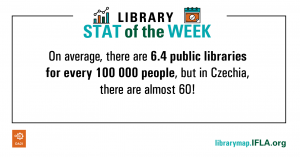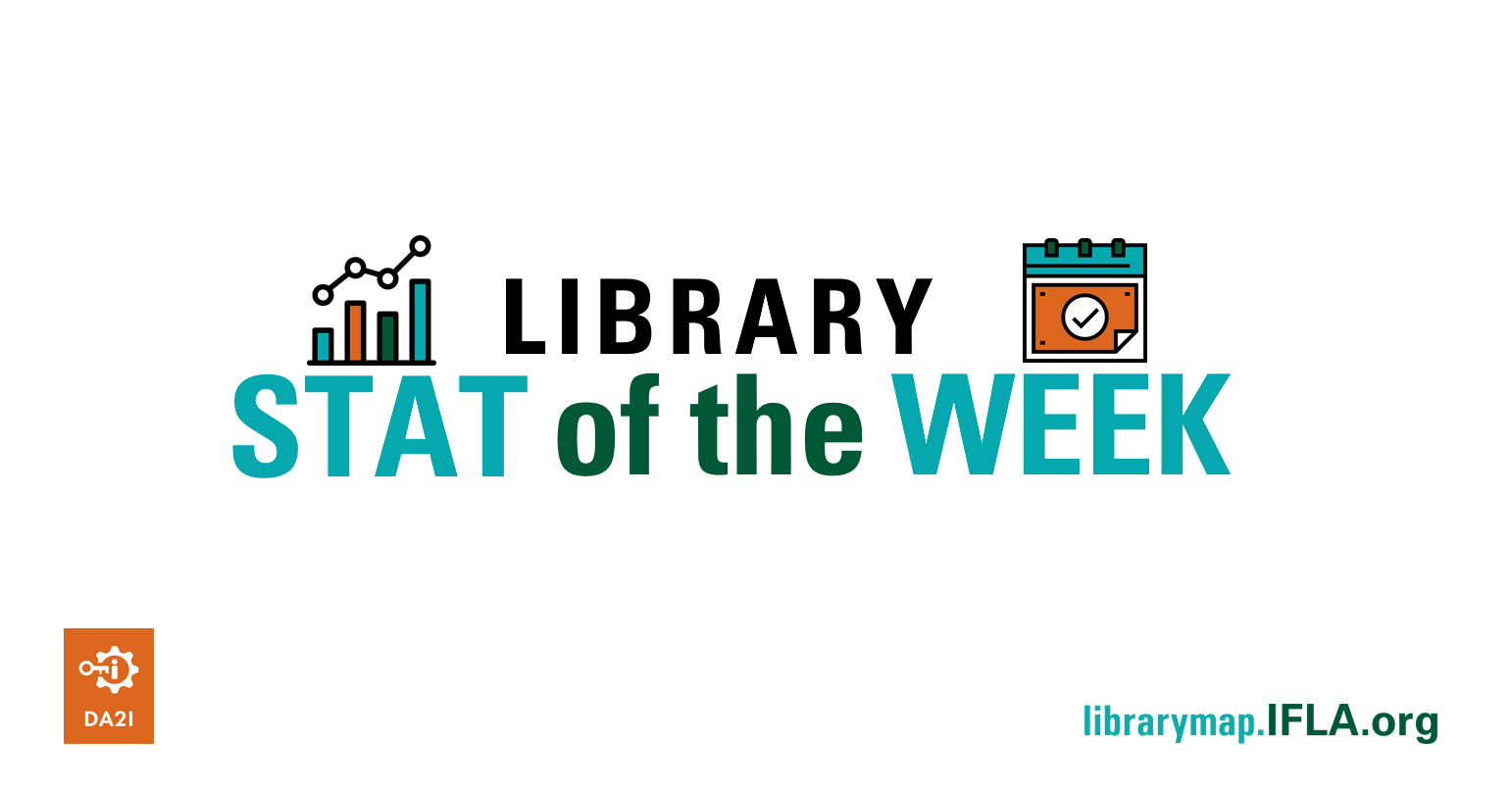 A key strength of public libraries is their reach across cities, towns and villages around the world.
A key strength of public libraries is their reach across cities, towns and villages around the world.
Focused on the needs of their communities, they aim to respond in their providing collections and services.
Clearly there will always, to some extent, be a trade-off between the number and size of libraries.
Focusing resources on just a few bigger libraries, serving more people each, may allow for more advanced services, but may come at the cost of proximity. The debate is similar to that in the health or education sector for example.
Thanks to the Library Map of the World, we can start to understand different national approaches in terms of the average number of people each library serves.
Looking across the 113 countries for which data is currently available, it is now possible to see that on average, for every 100 000 people, there are 6.4 public libraries – that’s one library for every 15 600 people.
Clearly this varies – at the top end, in Czechia, there are nearly 60 public libraries for every 100 000 people – that’s one for every 1700 people!
Find out more on the Library Map of the World, where you can download the data in order to carry out your own analysis!
See our other Library Stats of the Week!
